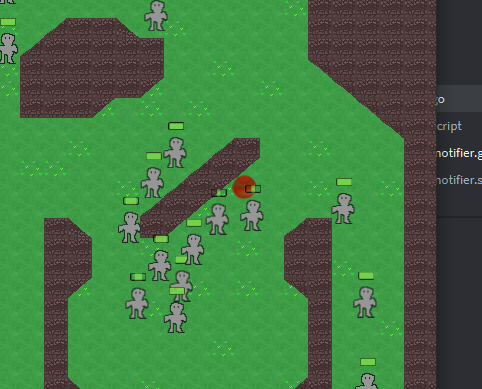I’m reading the post here: Access to sprite position property and it seems like positioning sprites is not planned but scaling them via logic is. Why is this? It would be extremely convenient to be able to reposition a sprite within a game object via the logic itself without having to create another game object and deal with parenting, etc.
EDIT: The reason I’m asking: I’d like to create an HP bar to float over my enemies. The HP bar consists of a bar outline and a bar progress sprite which should scale and move to the left as the HP depletes (to avoid drawing primitives each frame.) To do this using the current implementation it seems I would have to create an XP bar object and parent it to the enemy, then create an XP bar progress object and parent that to the XP bar object. This creates what seems like a ton of bloat when I could just set the XP bar progress position to account for the scale change as the HP bar reduces.




